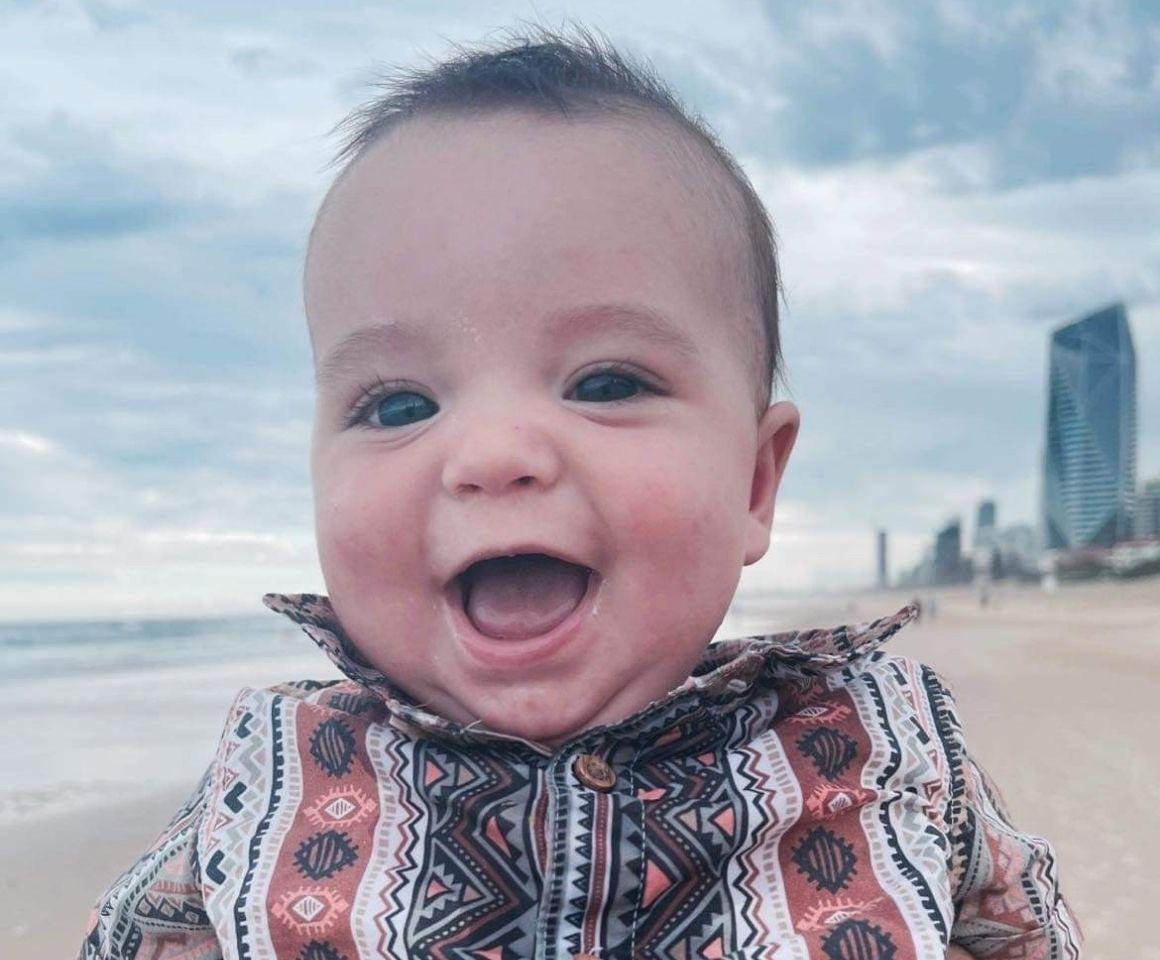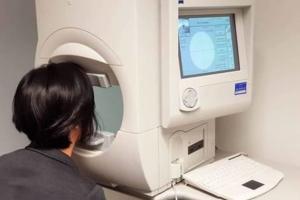Ongoing follow-up appointments are vital for effective glaucoma management. Your eye care practitioner will determine how often your condition should be assessed, based on your individual circumstances. Most glaucoma patients require their condition to be reviewed once every three to six months.
During these follow-up appointments your eye care professional will:
- Check your intraocular pressure (IOP) - what IOP level is safe is different for every patient, and may change over time.
- Scan your optic nerve for signs of progressive damage, and
- Asses your peripheral visual field (side vision) to monitor whether there has been some loss of visual function that you may not be aware of
Results from ongoing monitoring will help determine whether treatment has halted the disease or whether it is still progressing. If further damage is detected your treatment regimen may be adjusted to protect your vision.
Why are follow-up appointments important?
Glaucoma is a progressive lifelong disease. Therefore, changes to the optic nerve and peripheral vision can occur at any time. Intra ocular pressure does fluctuate and can increase above the desired level at any time. Adherence to the follow up appointments are crucial in monitoring these changes as the treatment and management plan may have to be reviewed to ensure further damage to the optic nerve does not occur.
- No glaucomaShow lessShow more
The results have shown no indication of having glaucoma at the time of the consultation. However, a follow up appointment anytime between 3-6 months (or earlier) may be recommended in some cases to confirm you are clear of glaucoma. From there on, your ophthalmologist may recommend a yearly or 2 yearly review to monitor your eyes. It could also be recommended that your optometrist can manage your follow up appointments instead and refer you back to the ophthalmologist should there be any changes with your optic nerves or eye pressure in the future.
- Ongoing SuspectShow lessShow more
Similar to the diagnosis of “No Glaucoma” where there are no signs of glaucoma at the time of initial consultation. A follow up appointment is required to confirm there are no signs of glaucoma and that the results of this visit is consistent with that of the initial appointment. In cases where there is a strong family history of glaucoma or you have one or more of the risk factors that increase your chance of developing glaucoma, you may be required to attend more frequent follow up appointments such as follow up appointments which are 6-12 months apart.
- Primary Open Angle Glaucoma (POAG) - Early StagesShow lessShow more
You may or may not start on treatment at your initial appointment. Treatment can consist of laser, eye drops or a combination of both. Usually you will be required to have your first follow up visit anytime between 1 to 3 months or earlier. At the follow up appointment your ophthalmologist will determine if the laser has worked or if the eye drops prescribed to you are lowering your eye pressure within the desired range. Treatment plan may or may not change at this visit. The ophthalmologist will then determine how often your follow up appointment will be in the long term. Usually they will be 6 to 12 months apart or earlier.
- Primary Open Angle Glaucoma (POAG) - Advanced StagesShow lessShow more
You will most likely start treatment at the initial appointment. The treatment can be laser, eye drops or a combination of both. You can also expect the ophthalmologist to discuss glaucoma surgery in the long term. At the follow up appointment, it will be determined if the treatment and management plan is working well to maintain you eye pressure within the desired range. The first follow up appointment can be anytime between a few weeks to 3 months or earlier. If your glaucoma is diagnosed at a later stage, the intervals between your follow up appointments will usually be closer together. Once the ophthalmologist feels you are on the correct treatment plan and the condition is stable, you may be able to have your appointments scheduled in further apart.
- Narrow Angle GlaucomaShow lessShow more
At the initial visit, you may be diagnosed as having narrow angles. There may or may not be glaucomatous damage to your optic nerves during the first visit. Once the ophthalmologist has examined the drainage angles of your eyes, you may or may not have treatment with laser (Peripheral Iridotomy). A follow up appointment within 6 weeks to 3 months may be recommended to determine if the laser has been successful and you are no longer at risk of having increased eye pressure leading to an Angle Closure Glaucoma Attack which is considered a medical emergency.
- Acute Angle Closure Glaucoma AttackShow lessShow more
You may have presented at the initial appointment with extremely high eye pressures and other symptoms related to it such as headaches and blurry or reduced vision. Most likely the eye pressure was lowered by laser (Peripheral Iridotomy). You may also have been prescribed eye drops and oral medications to further lower the eye pressure. The intervals for follow up appointments in this will vary for individual cases and may be more frequent. This will be determined by your ophthalmologist.
The intervals between follow up appointments are different in each case. Your ophthalmologist will determine the frequency of your follow-up appointments based on your individual case and the outcome of your initial appointment, for example:
Questions you might like to ask
- Are my eye pressures within the expected range?
- Are the eye drops working for me? (if using eye drops)
- Did the laser work? (if had laser treatment)
- Do I have glaucoma damage to my optic nerves? Or how are results from the OCT scans?
- Do I have any peripheral vision loss? Or what are my visual fields tests like?
- Is the glaucoma damage progressing? Are the results consistent from the previous visits?
- Is my current treatment plan working for me?
- If your ophthalmologist has suggested laser treatment - Will laser treatment work for me if I want to try stop using (or reduce the number of) eye drops?
- If your eyes feel dry or irritated from the prolonged use of glaucoma eye drops - Can I use lubricating eye drops and if so which ones
- Should I tell my family about my glaucoma?
- How often do I have to come in for my appointments?
- What tests am I getting done at the next visit?
- Can a report from today be sent to my referring optometrist or GP?
- Do I need a new referral for the next visit?
By viewing the images of each stage of glaucoma, we can better understand the progressive loss of the retinal nerve fibre layer (RNFL), and the visual changes associated with this disease.
'As I know, no one is tougher and more resilient than you. I can’t stop crying and now this thing isn’t even rhyming. I don’t care, this whole thing isn’t fair...' - Kayla, Eli's mum




